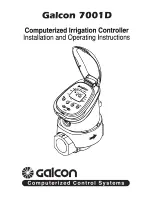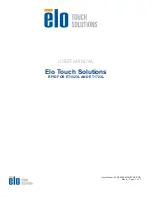
FOR MOBILE APPLICATIONS
W25Q256FV
Publication Release Date: May 13, 2012
- 66 - Preliminary - Revision M1
DO
(IO
1
)
8.2.30
Chip Erase (C7h / 60h)
The Chip Erase instruction sets all memory within the device to the erased state of all 1s (FFh). A Write
Enable instruction must be executed before the device will accept the Chip Erase Instruction (Status
Register bit WEL must equal 1). The instruction is initiated by driving the /CS pin low and shifting the
instruction code “C7h” or “60h”. The Chip Erase instruction sequence is shown in Figure 34.
The /CS pin must be driven high after the eighth bit has been latched. If this is not done the Chip Erase
instruction will not be executed. After /CS is driven high, the self-timed Chip Erase instruction will
commence for a time duration of t
CE
(See AC Characteristics). While the Chip Erase cycle is in progress,
the Read Status Register instruction may still be accessed to check the status of the BUSY bit. The BUSY
bit is a 1 during the Chip Erase cycle and becomes a 0 when finished and the device is ready to accept
other instructions again. After the Chip Erase cycle has finished the Write Enable Latch (WEL) bit in the
Status Register is cleared to 0. The Chip Erase instruction will not be executed if any memory region is
protected by the Block Protect (CMP, TB, BP3, BP2, BP1, and BP0) bits or the Individual Block/Sector
Locks.
/CS
CLK
DI
(IO
0
)
Mode 0
Mode 3
0
1
2
3
4
5
6
7
Instruction (C7h/60h)
High Impedance
Mode 0
Mode 3
/CS
CLK
Mode 0
Mode 3
0
1
IO
0
IO
1
IO
2
IO
3
C7h/60h
Instruction
Mode 0
Mode 3
Figure 34. Chip Erase Instruction for SPI Mode (left) or QPI Mode (right)
















































